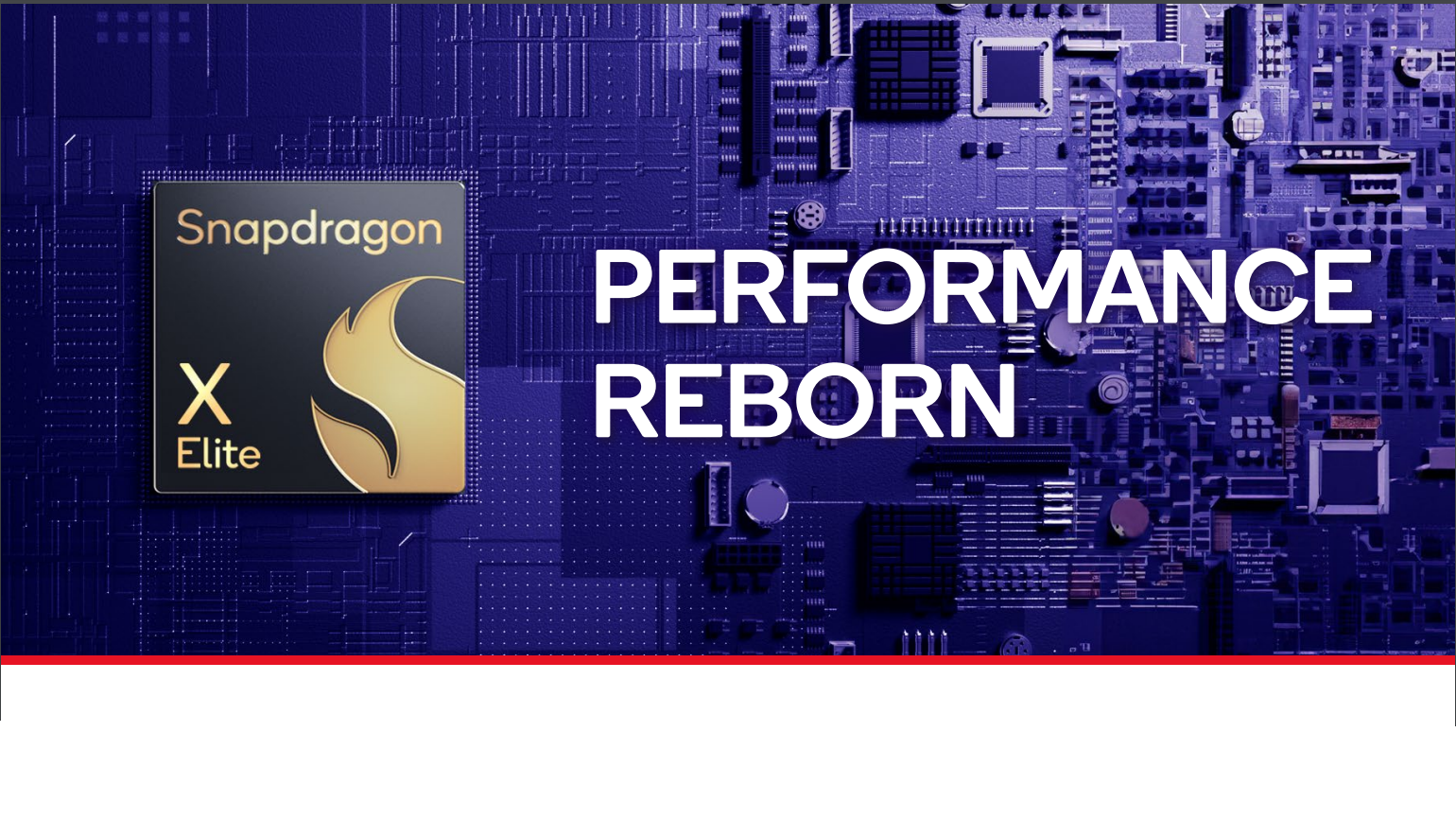
Pushing the envelope for Arm gaming, Qualcomm is speaking out at the 2024 Game Developers Conference about how prepared its hardware is for x86 emulation and gaming— their session is titled "Windows on Snapdragon, a Platform Ready for your PC Games" [h/t The Verge]. Based on statements made during the full presentation and previously revealed benchmarking of the Snapdragon X Elite chips running x86 software, it seems Qualcomm is in a place to truly disrupt the Windows Gaming PC market.
Of the caveats listed in the full presentation, the most severe problem seems to be the lack of compatibility with anti-cheat software. This problem is also shared with certain PC games that have yet to come to Steam Deck's native SteamOS, despite being fully capable of running on its hardware in Windows. Other coding exceptions simply won't run on Arm without some degree of manual porting work, though fortunately most titles seem to work without any extra tweaking needed at all.
In any case, this news starts making many Arm devices look more viable— perhaps including the planned upcoming Playtron gaming handhelds and Linux OS, which will include Arm-to-x86 emulation support and (apparently) have Qualcomm backing. The Qualcomm Snapdragon X Elite seems to be showing graphics performance on par with AMD's top-end mobile Radeon 780M iGPU and perhaps even better CPU performance.
The Verge coverage includes a quote from QC Director of product management Micah Knapp, who says he's seen Arm run a game faster than x86 and run a game with better battery life than x86, but never both at once. If developers wish to improve performance without a full Arm64 port, they can also port their software to "Arm64EC", which allows it to reach "near-native" performance, according to Qualcomm.
Games that have reportedly been tested with Qualcomm's Snapdragon X Elite laptops include Control, Baldur's Gate 3, and Redout II. These Windows games should all perform close to that of the Radeon 780M when played on a Snapdragon X Elite laptop, which is an impressive place to enter the market, considering how long it took Intel to catch up.







